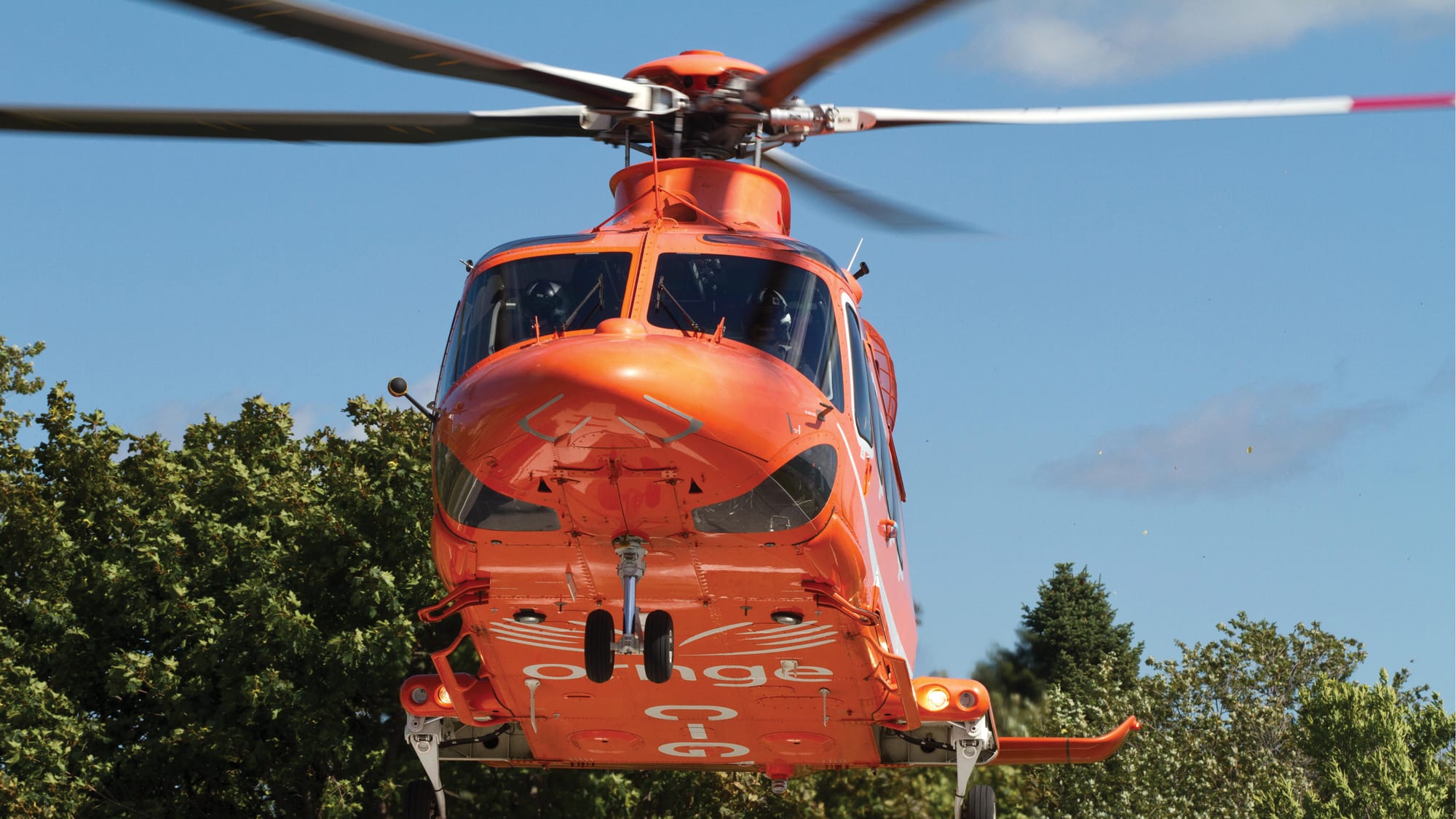The whoop-whoop-whoop of the helicopter makes it difficult to hear the paramedic. Your spouse is lying on a stretcher, his leg badly broken. He fell while hiking in Fundy National Park, and now he’s being airlifted to Moncton, N.B. Thankfully, he’s going to be fine. All you can think is how lucky you are to have been travelling in Canada instead of the United States.
That is until a few weeks later, when a bill for $6,500 arrives in your mailbox.
A COSTLY ASSUMPTION
“Most of us expect everything to be covered while travelling in Canada,” says Pam Murray, insurance sales manager at AMA Travel. Confident in our “free” healthcare, some province-to- province vacationers don’t feel the need to buy travel medical insurance. While many treatments and services are provided at no cost under the Canada Health Act, ambulances aren’t among them—nor are they typically covered by reciprocal payment agreements between provinces.
MORE TO READ
All about AMA Travel’s preexisting condition insurance rider
Likewise, Alberta Health Care does not cover certain medical expenses for Albertans travelling in Canada. Among the exclusions are air ambulance services, prescription drugs purchases, non-emergency eyecare and transport back to Alberta.
Emergencies come in all shapes and sizes, and we’re fortunate to have first-response services to meet them. Ambulances race between accident sites and hospitals. Air ambulances transport patients when time is of the essence and/or roads aren’t an option. They also transfer patients who are unable to travel by other means to hospitals in their home provinces.
Ambulances are either completely covered or heavily subsidized by each province—but only for residents of that province. For visitors, those same services are charged at a much higher rate.
BIG DIFFERENCES
Travelling within Canada is a fantastic way to experience different cultures, cuisines and activities. But it’s import- ant to know what medical expenses are covered—and which ones are not— before embarking on a getaway.
“Because Albertans don’t get a bill for emergency air-ambulance expenses in Alberta, they tend to think that must be how it works across the country,” Murray says. In some cases, such as the air transport of a patient to a hospital back home in Alberta, the service not only comes at a premium, it must also be paid for in advance. Depending on flight distance and the onboard medical team required, the cost can add up to tens of thousands of dollars.
MORE TO READ
How AMA Travel helps if you have a medical emergency while travelling
“Some travel insurance policies have coverage limits for air ambulance services, perhaps $5,000 or $10,000,” Murray says. “AMA Travel’s medical insurance* doesn’t have a limit for this benefit, other than the $5-million overall maximum for the policy.” AMA Travel’s policy also has provisions for advance payments, when necessary.
Though you hope you’ll never need it, you likely buy travel medical insurance before embarking on a trip to the U.S. or abroad. But you should add insurance to your must-have list for travel within Canada as well.
PROVINCIAL PRICES
The minimum Albertans can expect to pay for ambulance services across Canada.
British Columbia
Ground: $530 flat fee
Helicopter: $2,746 per hour
Saskatchewan
Ground: $360 flat fee
Helicopter: $465 flat fee (due to a special agreement between Alberta and Saskatchewan)
Ontario
Ground: $240 flat fee
Helicopter: $4,980 per hour
New Brunswick
Ground:$650 flat fee
Helicopter: $6,500 flat fee
HOW TO SAVE
AMA members save 10% on travel medical insurance plans from AMA Travel.
